
3 Steps to Aligning Your Personal Brand with Your Aspirations
This is a guest post contributed by Indiana Lee. Indiana Lee is a freelance writer from the Pacific Northwest who often writes about business, leadership, and marketing. Connect with her on LinkedIn.
Freelancing is one of the most flexible and personally enriching paths you can follow, so people often think of it as the antithesis of corporate life, which can be more rigid. However, it’s wise to not throw the baby out with the bathwater. There are components of traditional business that can help freelancers not only stay in demand, but hit their career goals. One of these is strong branding.
Personal branding for freelancers is a tactic that helps you stand out among the growing crowd of independent professionals. By building an aspirational brand that represents where you want to be a year or even a decade from now, you can attract aligned clients and find opportunities that help you actualize that vision.
Clarify Your Objectives
Clarity is key when it comes to aligning your brand and your career aspirations. Having a clear vision gives you a goal to move toward. So when it comes to building your brand, the first step is to set clear objectives.
You can begin by creating a long-term career plan. This isn’t just an idea of where you want to be in a few years. It’s a structured roadmap that outlines the practical actions and milestones that will help you get there. Here are some of the elements of a solid career plan:
- Self-assessment: Take an honest look at where you currently are in your career journey. Think about your interests alongside your relative strengths and weaknesses from a skills and attributes perspective. Importantly, highlight where you want to go from here, in both the short and long term.
- Skill development: Do some research into the skills, certifications, and attributes needed for the career goals you’d like to reach. It’s also wise to look into possible mentorships and on-the-job experiences that might help you. You can then plot out which to pursue along your plan timeline.
While there are more actions to explore, these are two of the most useful for personal branding.
Build Your Expertise Narrative
It’s often helpful to think of branding as a form of storytelling. The way you create a narrative about who you are, where you are, and where you want to be can open up opportunities. In particular, aim to build a narrative that highlights your growing expertise and why you’re a valuable contributor to the types of projects that would most positively influence your path.
Your career plan can act as a roadmap for your journey — though it’s wise to stay open to detours along the way — and you can tell the story of this journey as your expertise develops with each milestone.
Here are some ways:
Maintain a regular blog about your experiences
Write about the types of projects you’ve been pursuing on your path. Explore how these have affected your perspectives on your industry or role. This type of asset effectively tracks your progress, demonstrates self-awareness and consistency, and can act as a unique portfolio of projects to share with potential clients.
Keep a reliable social media schedule
Use your social media channels to promote your expertise. A recent study found that 42% of freelancers use social media to find work. You can share your blog posts alongside content from other thought leaders in your industry, post images of your projects on Instagram and LinkedIn, and create videos with tips and insights you’ve gained from your journey.
Remember to not only focus on your successes. Discuss your challenges too. Highlight what you’ve learned from them and how they helped you develop and innovate. For example, it’s well-documented that your job can affect your mental health, especially when it comes to burnout. Other freelancers and professionals can benefit from hearing how you navigate the mental health challenges of the modern work world.
You’ll find your self-awareness not only makes you more relatable to other freelancers who may share your content, but it demonstrates authenticity, which engenders trust from clients and peers.
Seek and Leverage Relevant Collaborators
Aligning your personal brand with your aspirations is not something you need to do on your own. Yes, you’ll be strategizing and driving your efforts, but others can help you along the way. Seek relevant contributors to your personal brand development, and leverage them to influence your career.
One way to start immediately is to make meaningful connections through networking. The digital landscape means that freelancers can network worldwide and even gain international clients. Your commitment and authenticity can open you up to a diverse range of partners who can offer opportunities to boost your career and spread the word about your personal brand.
When reaching out to new contacts, be sure to personalize all of your communications — emails, DMs, and more. Research recipients’ backgrounds so you can make the content of your communications more relevant, showing genuine consideration for their interests and activities. Also, don’t be afraid to clearly state your career aspirations. This helps people to determine how they can best support you. Be considerate of their time and aim for mutually beneficial outcomes.
Aligning your personal brand with your aspirations helps you create a solid freelancing business and set your sights on aligned goals. This doesn’t mean you’re shackled to the career aspirations you identify now, though. Remember to take the time to regularly review your needs, so you can adjust your personal brand accordingly as you find your true north.





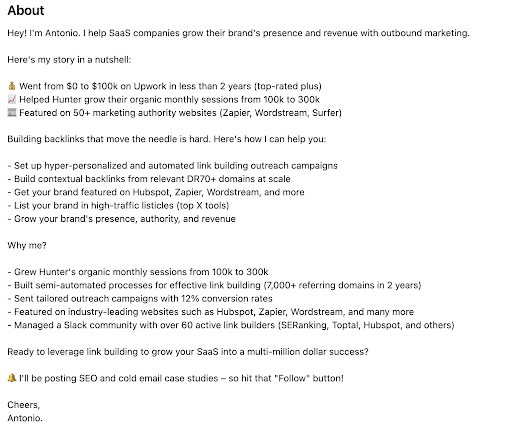

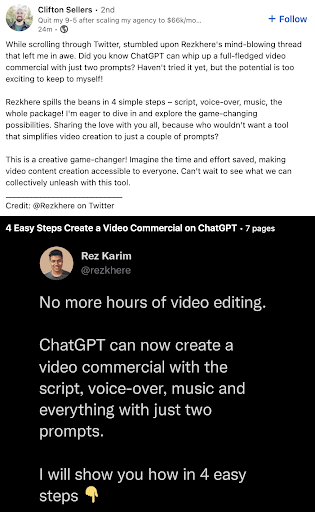
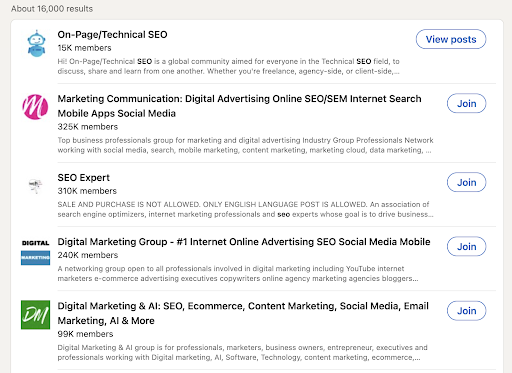



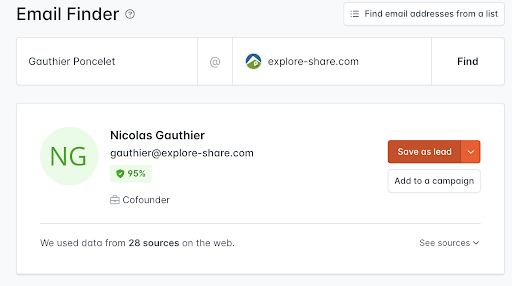

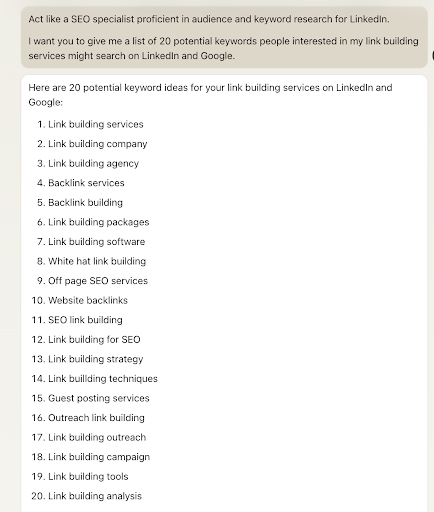
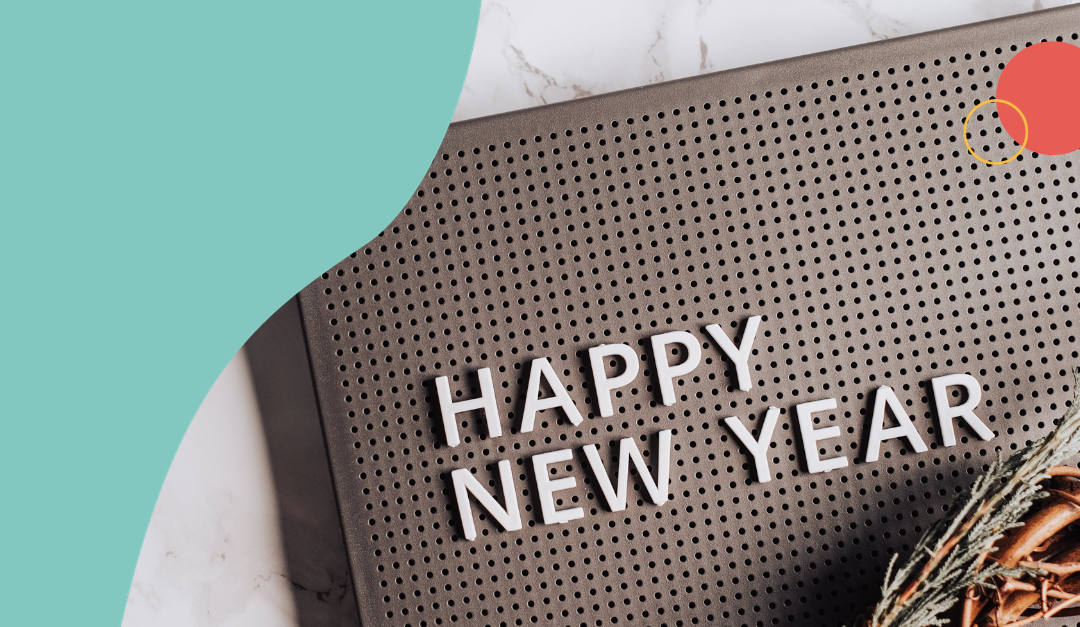
Recent Comments